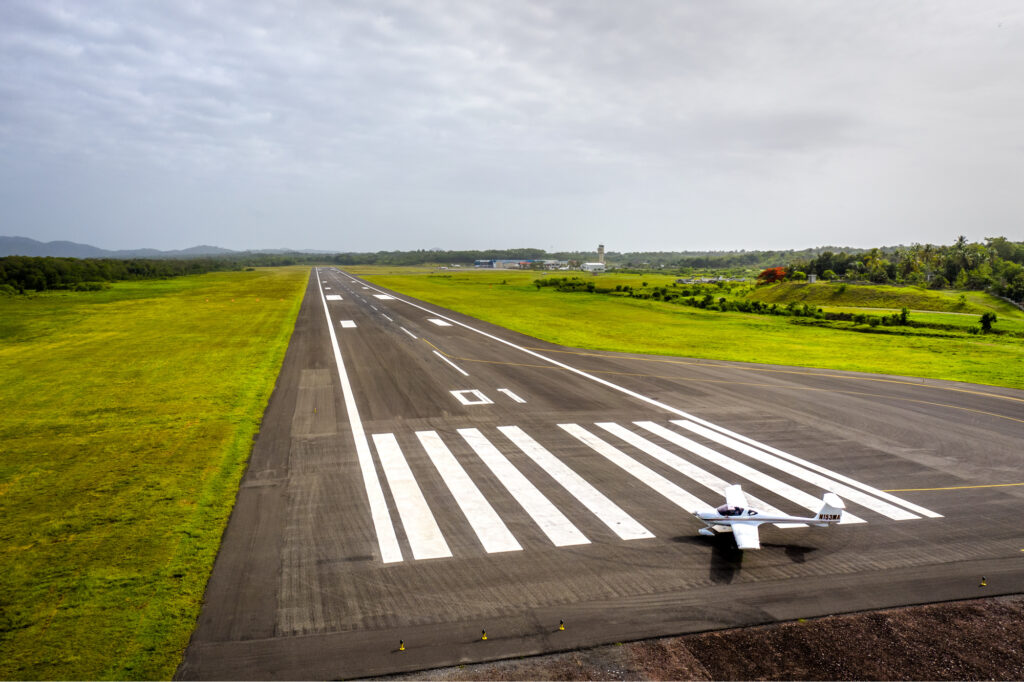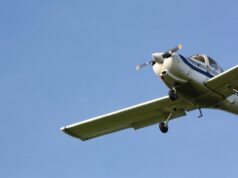
Pros flying non-pro can make for better pros
I’m somewhat surprised to know that many professional airline pilots stop flying general aviation (GA) after making the big leagues. It’s an understandable decision – when flying becomes your job, sometimes you need time off. And while I don’t think that pilots should be expected to do nothing but fly, I also believe that flying GA, at least occasionally, perhaps at least enough to stay legally current to carry passengers without the benefit of a flying job, is valuable for all pilots, not just hobbyists who don’t move beyond piston engines.
This isn’t to say that professional pilots who don’t fly GA are bad pilots or inherently lacking. On the contrary, I fully believe that professional pilots in the U.S. are the best, most-well-trained pilots on the planet. I have full trust in every pilot who has managed to make it through airline training programs, either for a Part 121 airline or a Part 135 carrier.
At the same time however, as a pilot who still regularly flies GA, I find incredible value in the experience I gain every day. GA brings unique challenges that keep pilots’ skills sharp regardless of their experience level or regular job. Taking on additional responsibility as a single pilot can remind all of challenges they might not face in their daily flying and challenge them to continually improve in unique ways.
GA doesn’t just help keep flying skills sharp. There is also a unique interpersonal aspect of flying GA that sets it apart from airline flying. Instead of moving through busy terminals as a crew getting to and from flights, flying GA allows for more relaxed interactions with fuelers, FBO agents, and fellow pilots that is different from the relationships built in airline flying.
Again, that’s not to say that professional flying doesn’t offer close relationships. But outside of flight crew and company staffers at familiar airports, interactions with contractors at the airport might be rushed as pilots prepare for another busy leg of flying.
Meanwhile, the more relaxed schedules in GA allow pilots to take extra time enjoying each place they go and each person they meet. Being able to chat with line staff at new airports has been a pleasure that I hope I keep enjoying throughout my career.
I mentioned enjoying the places I go as a GA pilot. That’s another benefit of flying GA – being able to get into other airports that I otherwise couldn’t access flying under Part 121. I find there is something incredibly special about using small, local airports in my area. Commercial airports can be a challenge, and while it’s always interesting flying through them, I also highly appreciate sneaking into small airports with confined runways, scenic approaches, and unique tests that aren’t possible at larger airports. For example, I have gained a lot of experience flying into the Galt Airport in Wonder Lake, Illinois. As a small, uncontrolled airport with a relatively short runway and obstructions at each end of the runway, I was able to refine my landings significantly as a student pilot preparing for my private-pilot checkride. I thoroughly enjoyed flying into Galt Field and still occasionally visit the airport to test myself and my skills, and to gauge whether I need more work on my landings. Professional pilots are truly experts who come from world-class training programs, and I don’t mean to diminish their skills, their experiences, or the relationships they build throughout their careers. Rather, I argue that adding the experiences of flying GA will help enhance and maintain all pilots’ experience, both in terms of flight time and what they can more casually enjoy as a pilot. Having more flight time in a wider range of scenarios might make flying even more safe than it already is. And in many ways, pilots who return to their roots as GA pilots may elicit a certain nostalgia that boosts their experiences as pilots.






















































